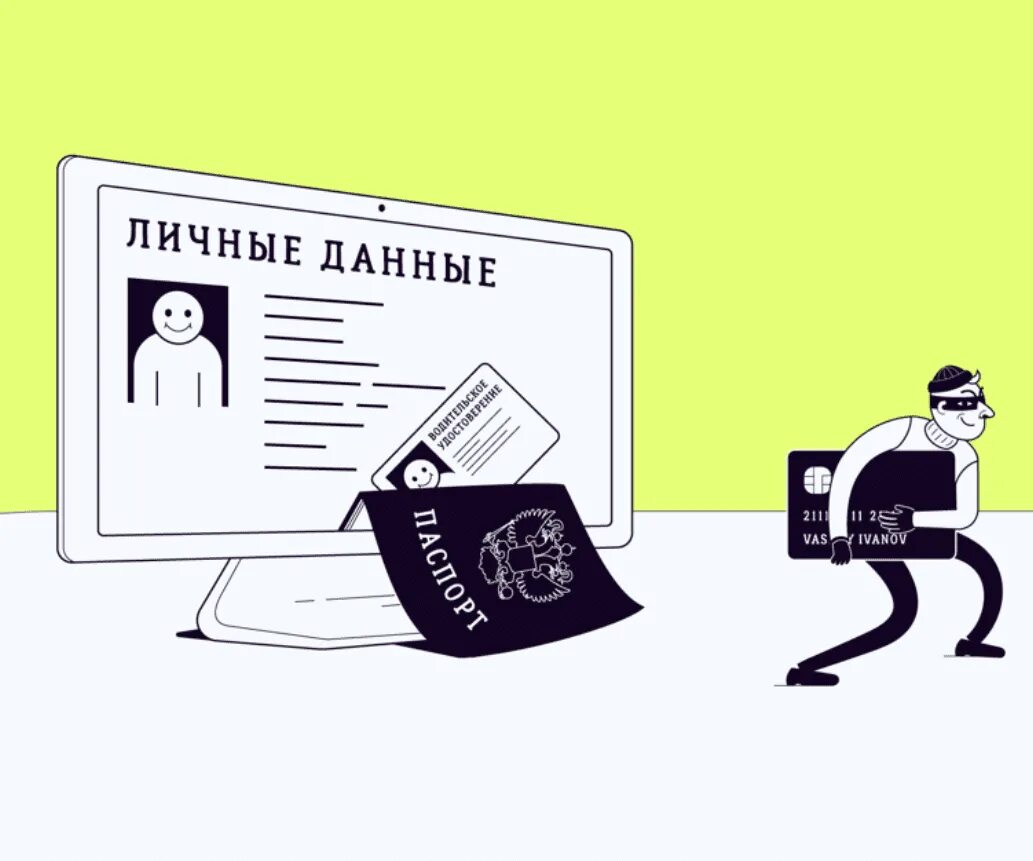Social networks have become an important part of everyday life, but at the same time, they pose a serious threat to the security of personal data. Scammers use various schemes to steal confidential information, which is then used for financial fraud, blackmail, and other illegal activities.
Fraud on Social Networks: Main Schemes
Criminals use various deception methods to gain access to user accounts or trick them into giving up important information. The most common schemes include:
- Phishing attacks – attackers create fake social network login pages where users enter their usernames and passwords. The obtained data is used to hack profiles or sold on dark platforms.
- Social engineering – scammers pose as friends, security or support representatives to persuade users to divulge confidential information.
- Fake contests and promotions – users are invited to participate in a draw by leaving contact details or downloading malicious software.
- Fraudulent investments – social networks actively advertise easy money-making schemes that turn out to be financial pyramids.
- Malicious links – clicking on such links can lead to downloading spyware that steals passwords, payment data, and other information.

Personal Data Leaks through Social Networks
Social platforms collect vast amounts of information, and with insufficient protection, this data can become accessible to third parties. The main causes of leaks:
- Using weak passwords – simple combinations are easy to guess, and reusing one password on different services increases the risk of compromise.
- Third-party applications – some services request access to profiles, contacts, and personal data, which they then pass on to scammers.
- Open profiles – attackers can analyze posts, photos, geolocation, and use the obtained information for attacks.
- Hacker attacks on social networks – large platforms periodically fall victim to breaches, resulting in users' personal data being exposed.

How Data is Stolen Online and the Financial Risks Social Networks Bear
Stolen information is actively used in fraudulent schemes related to financial crimes. The main risks include:
- Obtaining loans and credits – obtained passport numbers, phone numbers, and financial details allow criminals to take out loans in other people's names.
- Selling data on the dark web – personal information, banking details, and even usernames and passwords can be distributed on illegal forums.
- Blackmail and extortion – if personal photos or messages are exposed, they can be used to pressure the victim.
- Financial manipulations – scammers can gain access to bank accounts, cards, or cryptocurrency wallets and withdraw funds.

Fake Scammer Accounts: How to Recognize Them
One of the common deception methods is creating fake profiles. They can mimic pages of real people, official organizations, or famous personalities. The main goals of such accounts:
- Extracting personal data – scammers pose as friends, colleagues, or tech support and request confidential information.
- Fake investment offers – victims are promised high returns in exchange for investments that ultimately disappear.
- Fraudulent online stores – users make payments for goods they never receive.
- Signs of fake accounts: low number of followers, recent registration date, lack of personal photos, links to suspicious sites.

Scams in Messengers: Schemes and Dangers
Messengers are actively used by scammers to spread malicious programs, financial fraud, and phishing attacks. The most popular schemes include:
- Messages from the "security service" – the user receives a notification about suspicious operations, asking to confirm data or enter a code from an SMS.
- Fake transfers – the victim receives a message about supposedly received funds and is asked to return the erroneously credited money.
- Malicious attachments – attackers distribute files with viruses that allow stealing passwords, contacts, and financial details.
- Fake job offers – messengers post offers for high-paying jobs, but to get it, one must pay a "registration fee" or provide personal data.

How to Protect Personal Information from Scammers
To minimize the risks of data leaks and theft, it is important to follow precautionary measures:
- Use complex passwords and enable two-factor authentication for all accounts.
- Set profile privacy settings to limit access to personal information.
- Avoid clicking on suspicious links and downloading files from unknown sources.
- Limit third-party applications' access to personal data.
- Do not share confirmation codes and passwords with third parties.
- Check fake accounts before adding as friends or subscribing to groups.
Scammers constantly improve their methods, so paying attention to security issues in social networks and messengers helps reduce the risks of personal data leaks and financial losses.




